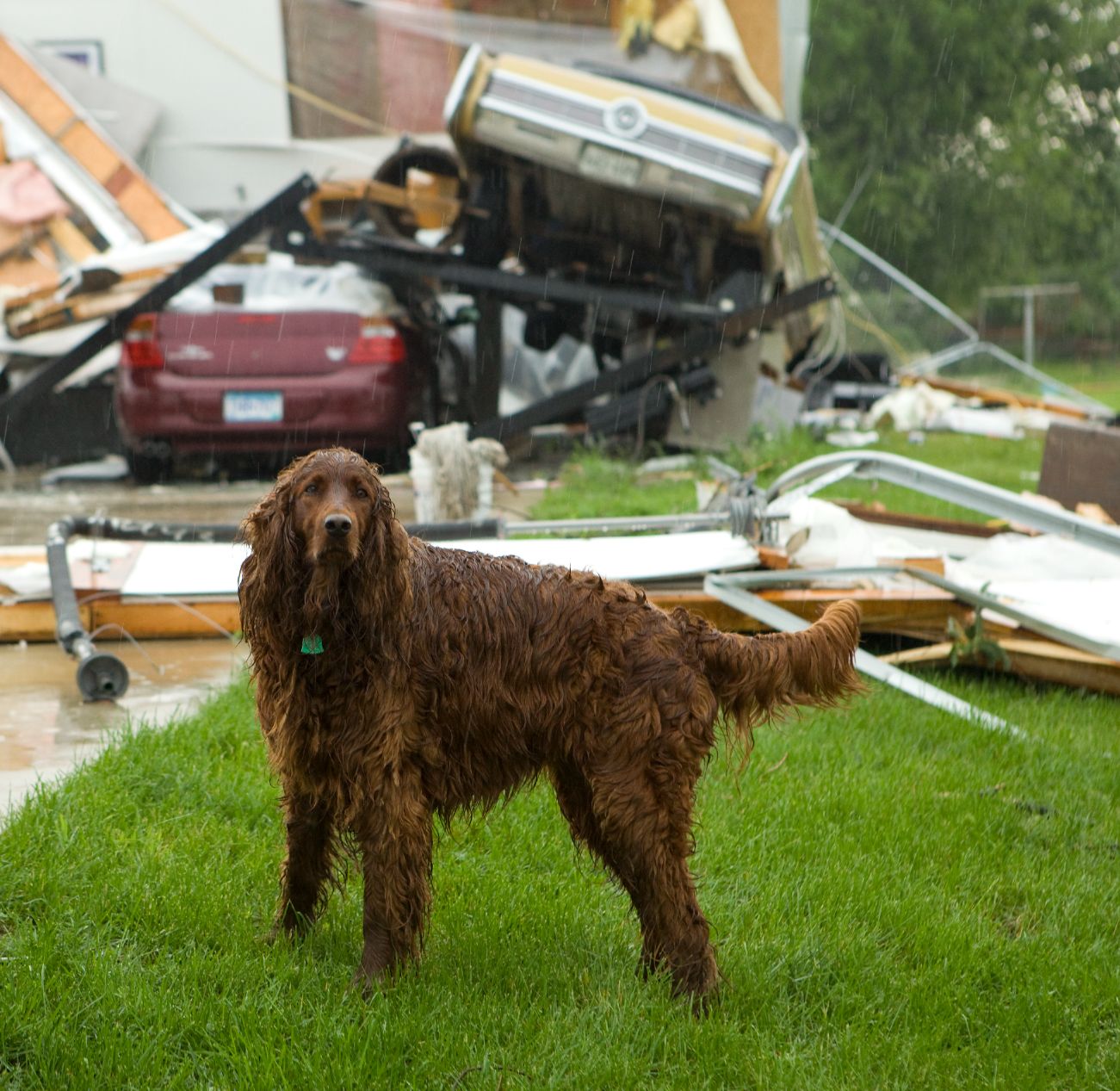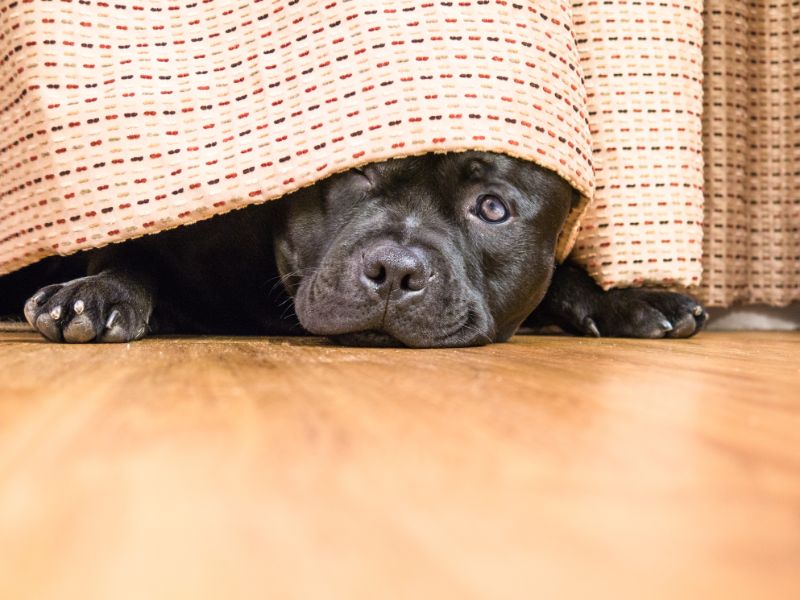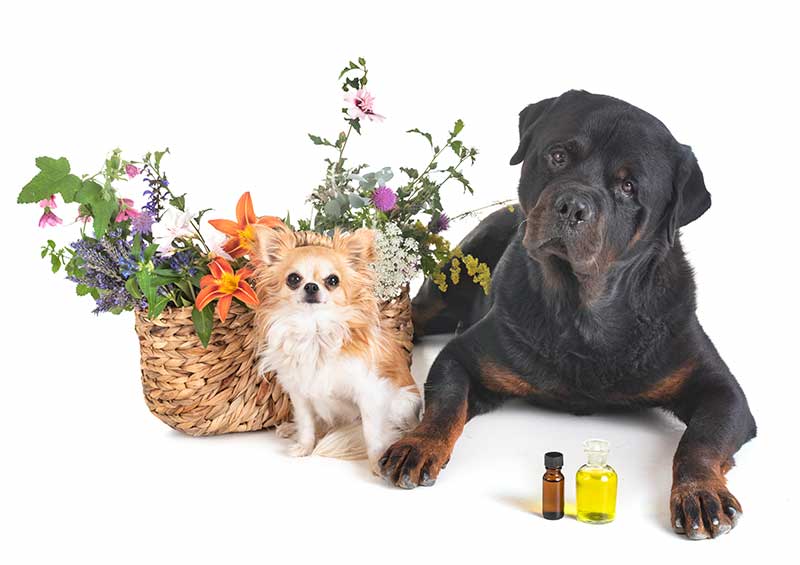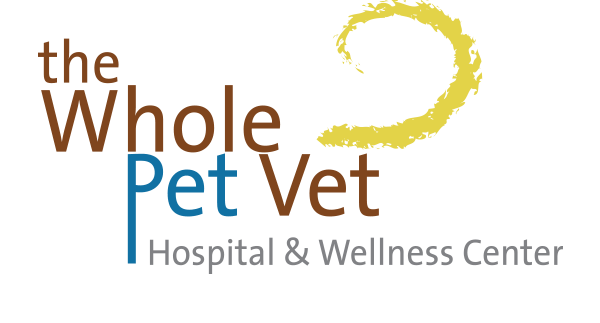Posts Tagged: Pet Safety
Seasonal Affective Disorder and Pet Health

The winter months can be dark and dreary, and in people we know that seasonal affective disorder is a real thing that can affect our well-being. But is pet health affected by the seasons? The Whole Pet Vet Hospital & Wellness Center aims to answer the question for you.
Continue…Why Some Pets Don’t Make Good Gifts

With the holidays quickly approaching, many people are searching for creative and fun gift ideas for friends and loved ones.
Pets can make great gifts under the right circumstances, but there’s much more to be considered than when gifting someone an electronic device or sweater.
So what are some reasons some pets don’t make good gifts?
Continue…Spring Pet Safety for Warmer Weather Fun

As we head back into the warmer months of the year this spring, The Whole Pet Vet Hospital and Wellness Center wants to be sure that you and your furry family are set up to enjoy it. Keep reading to learn our favorite ways to enjoy the weather and our top spring pet safety tips to avoid unplanned trips to see our staff.
Continue…Disaster Preparation Tips to Improve Your Pet’s Safety in an Emergency

Whether you are taking your pet on a trip or just want to have a plan in place for unexpected situations, disaster preparedness is an important element of pet ownership. The Whole Pet Vet Hospital & Wellness Center wants to help you be prepared for anything with your pets:
At Home or Away, Plan for Trouble before It Happens
It is imperative to include your pets in all of your disaster preparedness plans so you know how to get them to safety in the event of an emergency. Be sure to:
- Designate one family member to secure each pet
- Get your pets microchipped in case you get separated
- Make sure your microchip information is up to date
- Make a list of nearby accommodations that allow pets in case you have to evacuate
Dangers That Lurk: Medicine Cabinet Pet Safety

Our animal friends are naturally curious and many are motivated by anything that resembles food. Pair that with the fact that they are limited to exploring their world mostly with the mouth, and some human items can become quite dangerous.
One of the most dangerous areas for pets in our homes is the medicine cabinet. Many items in there are toxic or otherwise hazardous and big animal no-nos. Knowing what items are dangerous, which ones to never give a sick pet, and how to secure your medicine cabinet is an important part of pet safety and things The Whole Pet Vet Hospital & Wellness Center wants you to know.
Continue…Smaller Than a Grain of Rice, a Pet Microchip Can Save the Day

In order to effectively identify wild roaming bison, the U.S. Fish and Wildlife Service implants them with inert microchips. In fact, various types of animal research use similar information gleaned from these chips. They do not transmit GPS or have an internal power source, but these biocompatible chips have likewise been instrumental in the identification of loads of species – especially lost or missing pets.
From llamas to parrots, ferrets to frogs, pets are routinely microchipped. It might not ever get scanned, but a pet microchip can facilitate a swift return home.
Continue…This Summer, Should You Be Worried About Pet Noise Anxiety? The Answer May Surprise You

Some pet owners know by experience that certain noises, stimuli, or situations are downright unnerving for their pets. Others may just be learning about the various things that their pets find upsetting.
We can certainly do our best to reduce or minimize scary scenarios, but during the summer that’s a bit tricky. Thunderstorms, parades, construction, fireworks and more can all trigger pet noise anxiety – but it doesn’t have to take over your pet’s life when you’re prepared to help them cope.
Continue…What Wildlife Dangers to Pets Should You Be Aware Of?

Most pets and their people never cross paths with apex predators in the wild, but that doesn’t mean they aren’t out there. In fact, habitat loss and navigable road systems make the possibility of an encounter even more real. Skunks, raccoons, foxes, and coyotes can be threatening, but what about rattlesnakes, bears, cougars, and birds of prey?
Undoubtedly, there are wildlife dangers to pets here in California. When owners are prepared to handle the risks and results, pets have a much better chance.
Continue…Essential Oils and Pets

Essential oils have recently gained popularity in aromatherapy, with people using them as home remedies for common ailments such as nasal congestion, anxiety, sore muscles, and skin conditions. Plant oils and scents are also included in many different products for use around the home, such as cleaners, shampoo, and even toothpaste. So it begs the question – are essential oils and pets a safe combination?
Essential Oils Basics
What exactly are essential oils? Simply put, they are plant compounds that have been carefully extracted and distilled, leaving microscopic droplets that can impart the properties of the plant itself.
Essential oils are described as highly volatile, meaning they can powerfully affect our minds and bodies. They enter the body through contact with the skin, or through inhalation or ingestion. Because they are absorbed into the bloodstream, essential oils can affect the organs rapidly. Used properly, they can have therapeutic effects.
It’s important to know that essential oils can also be toxic to our pets, without an understanding of how to use them correctly. Since the compounds they contain are biologically active, they can cause a myriad of dangerous side effects and even organ damage if used improperly.
Continue…See the Signs: Recognizing a True Pet Emergency
 There are loads of odd occurrences that can befall a single pet, but they might not always indicate a pet emergency. Take, for example, a hairball. It sounds terrifying (especially in the middle of the night), but rarely signals the need for urgent veterinary care. On the other hand, there are undeniably serious symptoms that should never be ignored. So, how do pet owners tell the difference?
There are loads of odd occurrences that can befall a single pet, but they might not always indicate a pet emergency. Take, for example, a hairball. It sounds terrifying (especially in the middle of the night), but rarely signals the need for urgent veterinary care. On the other hand, there are undeniably serious symptoms that should never be ignored. So, how do pet owners tell the difference?
